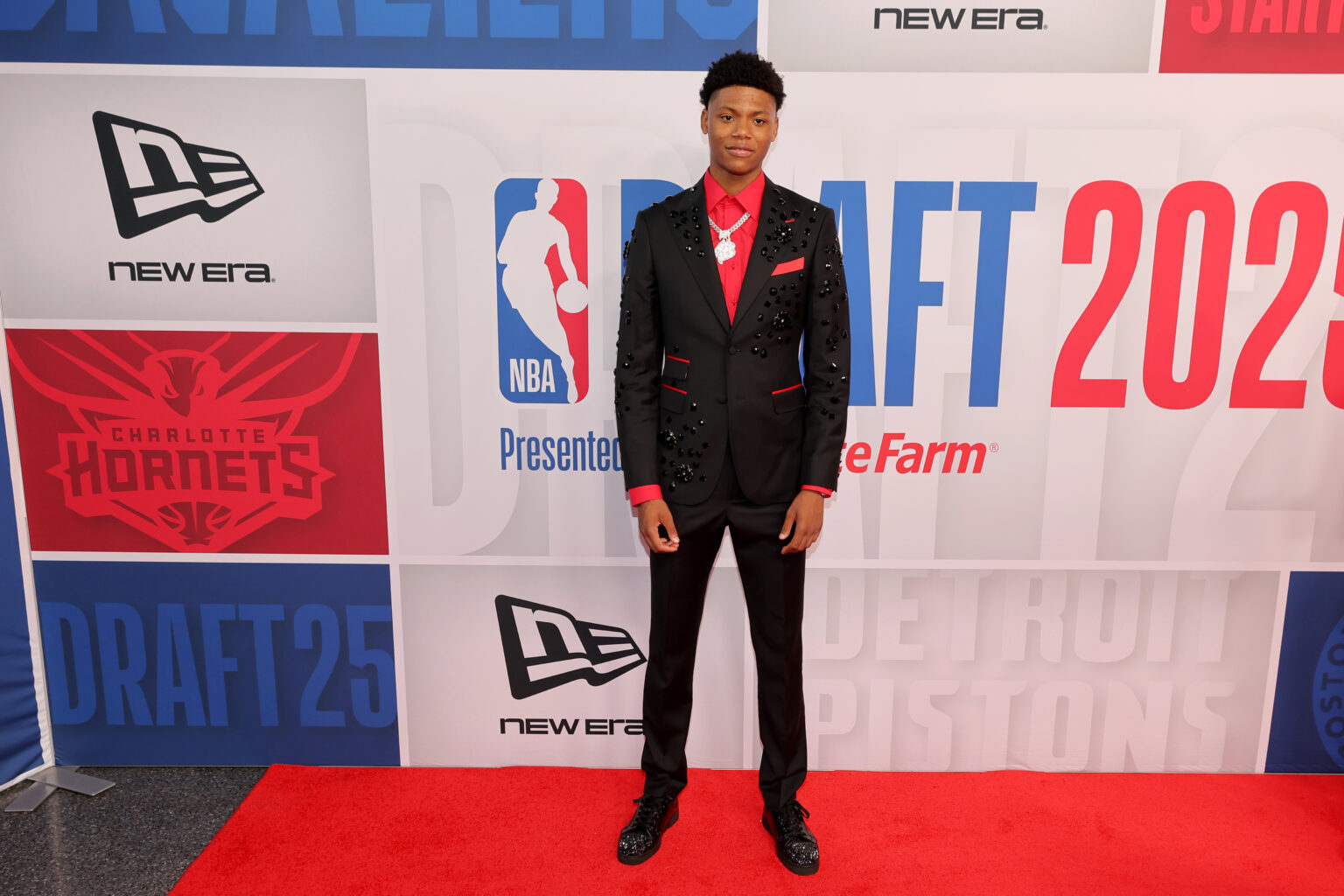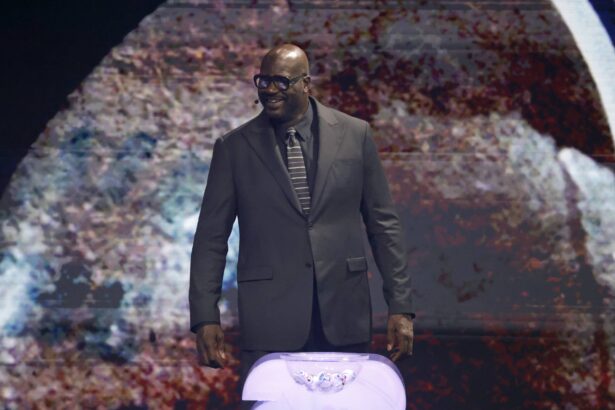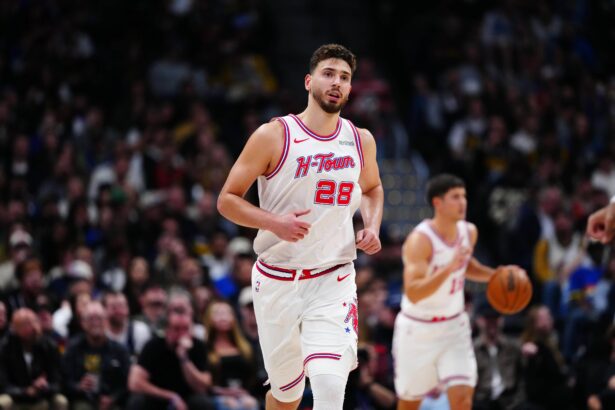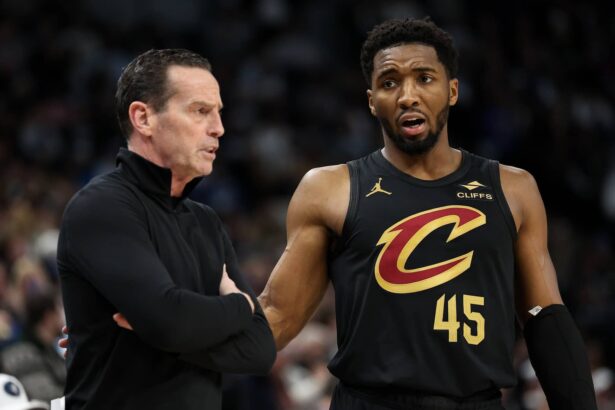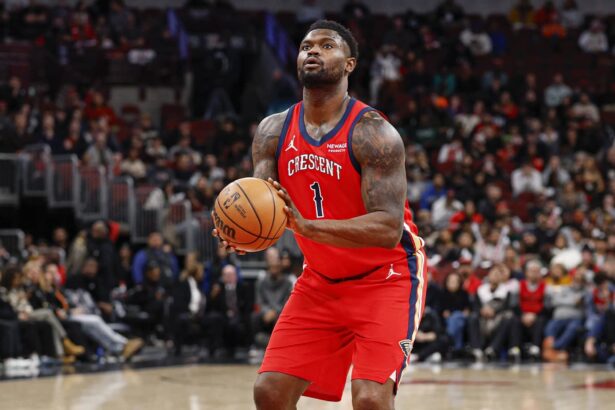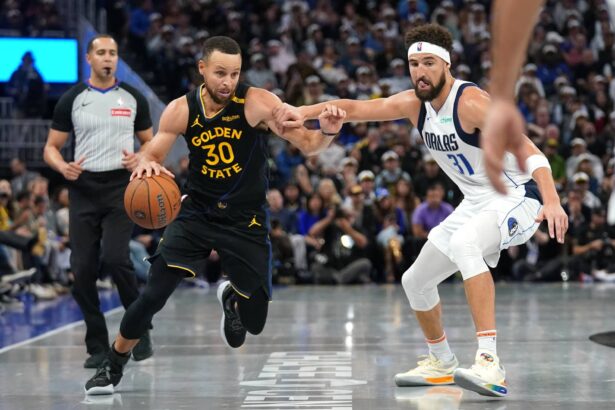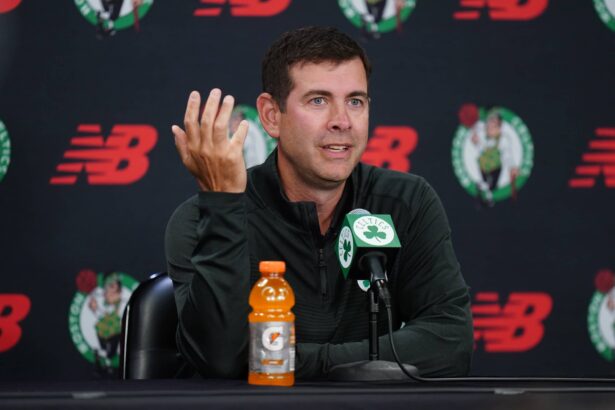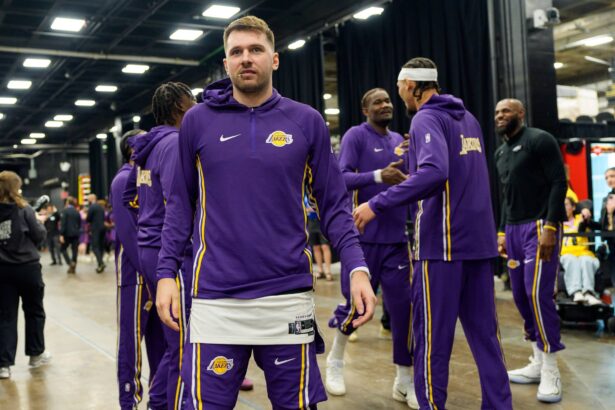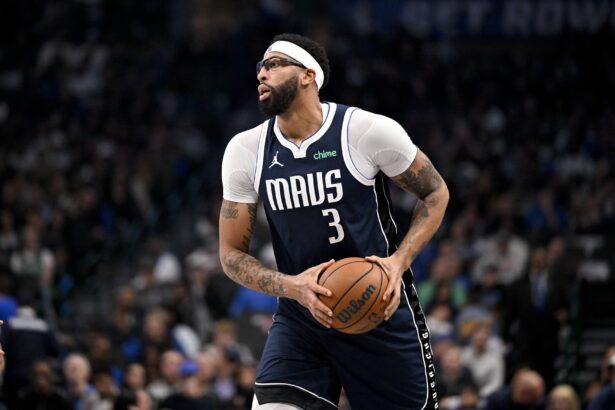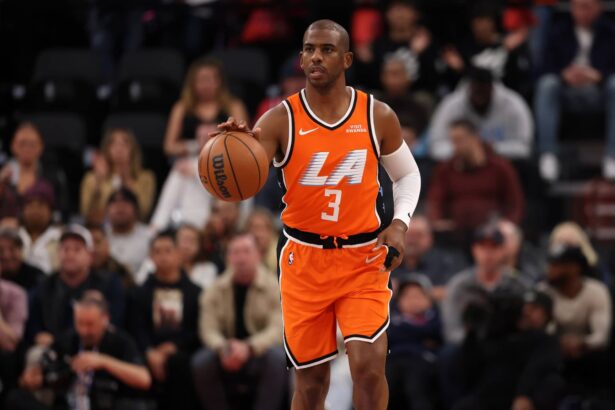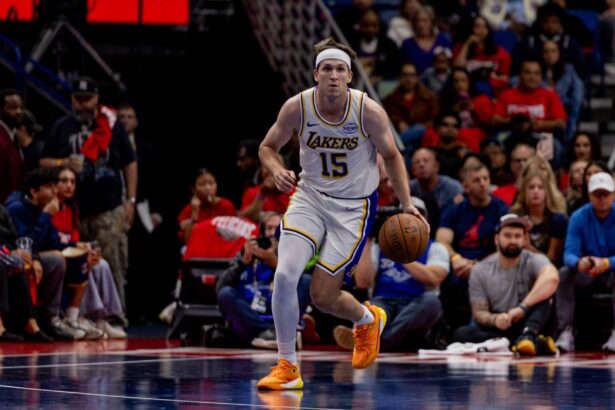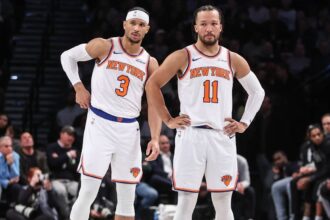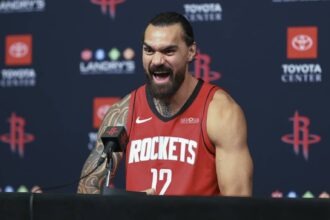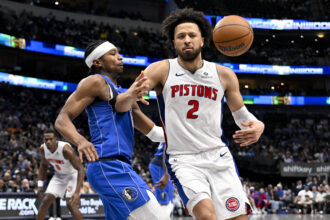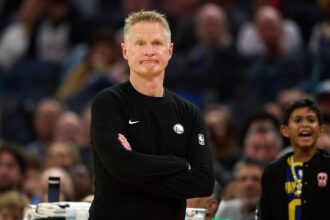The NBA world is still buzzing after Rutgers star Ace Bailey slipped to fifth in the 2025 draft amid a pre-draft showdown, his camp reportedly warned top-five teams (including Utah) he’d refuse to play, and he skirted workouts entirely. Still, the Jazz defied expectations and selected him, and it hasn’t worked out well so far, with Bailey having minimal contact with the franchise.
Though Jazz officials and his agency now say he’s set to report this weekend, the shakeup may not end there. The Celtics, intent on clearing cap space and rebooting the roster following the departures of Jrue Holiday and Kristaps Porzingis, could be toying with a bold deal.
Imagine this: they send Jaylen Brown to Utah, acquiring not only hot-shot rookie Ace Bailey but also proven starter John Collins and two future picks (a 2027 first via L.A. Lakers and a 2029 second via Utah). Let’s dive into how this blockbuster trade idea works out for all parties.
Proposed Trade Details
Utah Jazz Receive: Jaylen Brown
Boston Celtics Receive: Ace Bailey, John Collins, 2027 First-Round Pick (LAL), 2029 Second-Round Pick (UTA)
Jazz Find Their New Franchise Cornerstone In Jaylen Brown
Utah would instantly transform its offense by adding a proven wing in Jaylen Brown. In his career matchups against the Jazz, Brown averages 16.7 points, 4.6 rebounds, and 3.0 assists, a mark of his consistency even against stiff defenses.
Beyond box score stats, Brown’s ability to stretch the floor (.324 3P% in 2024-25 with 22.2 PPG and 4.5 APG) adds a needed scoring punch and secondary playmaking on a Jazz roster that lacks star power. What makes Brown particularly intriguing for Utah is his playoff seasoning and leadership.
In the 2025 postseason, he averaged 22.1 pts, 7.1 rebounds, and 3.9 assists playing through some difficult circumstances, including Jayson Tatum’s injury. His experience as Finals MVP in 2024, where he put up 20.8 ppg and 5.4 rebounds, makes him a proven closer on big stages. That poised mentality could be exactly what a young Jazz team needs to accelerate a rebuild.
Finally, Brown’s 4.5 assists per game in 2024-25, a career-best, underscores his evolution into a secondary playmaker capable of improving Utah’s offense. With Utah projected to enter a volatile Western Conference, Brown’s reliability and two-way capabilities give the Jazz a cornerstone suiting both now and future playoff aspirations.
Celtics Move Jaylen for Cheaper Assets Who Are Young With Potential
Boston would be prioritizing flexibility and upside by trading Brown for Ace Bailey, John Collins, and future assets. Bailey, a 6’7″ Rutgers wing, carries enormous scoring upside, drawing comparisons to Michael Porter Jr. with his smooth jumper and shot creation.
Though polarizing, due to concerns over shot selection, he was graded a B+ in Utah’s draft recap and is seen as a high-upside pick similar to early collegiate Brown and Tatum. John Collins complements Bailey with immediate on-court production: Collins averaged 19.0 points, 8.2 rebounds, and an efficient 39.9% from three on 52.7% shooting in 2024-25.
His one-year, $26.6M player-option contract provides the Celtics with both current floor spacing and optionality next season, a rare blend of value and flexibility. Finally, the inclusion of draft assets, a 2027 first from the Lakers and a 2029 second from Utah, gives Boston additional future capital.
It aligns with their recent pattern of trading Jrue and Porzingis to free up cap space and regain maneuverability. For a reigning contender eyeing both present and future planning, this deal offers young potential, contract control, and future assets in one clean package.
A Massive Blockbuster Deal That Could Work Out
This trade is structured to benefit both franchises architecturally. For Utah, swapping Bailey for Brown and Collins infuses the roster with veteran leadership and star power. Coupled with supportive shading from Sexton, Clarkson, and young wings, the Jazz can remain competitive while integrating their draft picks.
It’s also notable that Utah is open to trading Collins post-draft, which aligns well, timing-wise, with the Celtics’ proposed offer. For Boston, the cap room cleared by Brown’s departure enables the pursuit of top-tier free agents or midseason upgrades.
They swap one reliable All-Star (Brown’s 22.2 ppg, 4.5 apg, .463 FG%) for dynamic youth and draft equity, aligning with a sustainable core. They’d still feature Tatum, Bailey’s upside, Collins as complementary frontcourt, and retained flexibility for midseason moves.
In summary, this trade is the kind of polished blockbuster that ESPN craves: proven All-Star meets high-upside rookie, tenured role player, and future picks. It maintains Boston’s title contention and gives Utah a timetable toward playoff goals.

